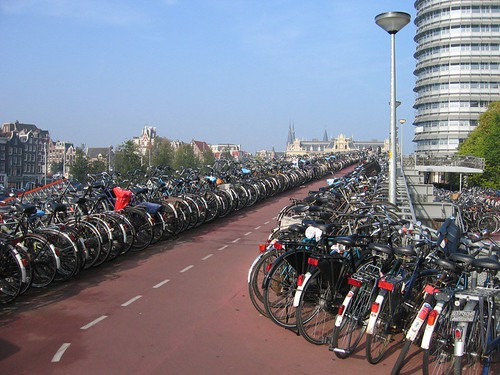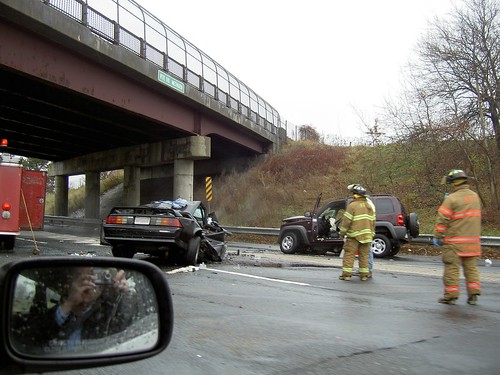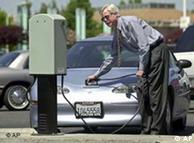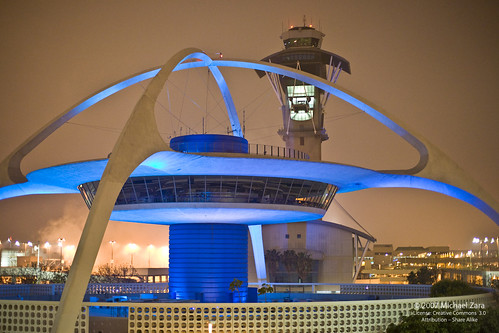See you in court! Group sues Obama administration over weak MPG standards
(Source: Autoblog)
 When the next step in the road to 35 mpg by 2020 CAFE standards was announced recently, those in the know made it clear that the Obama administration’s upcoming goal of 27.3 mpg by 2011 would not be hard for automakers to meet. In fact, the 2007 average was already 31.3, so the 2011 goal would not require any change in product lineup (more difficult changes are scheduled to come into effect down the line). The 2011 standards were so light, in fact, that the Center for Biological Diversity (CBD) took the National Highway Traffic Safety Administration and Department of Transportation to court last week, saying that the Obama administration’s standards “ignore greenhouse gas emissions and the climate crisis, are illogical, illegal, and very disappointing from a president who has promised to make the United States a leader in the fight against global warming.”
When the next step in the road to 35 mpg by 2020 CAFE standards was announced recently, those in the know made it clear that the Obama administration’s upcoming goal of 27.3 mpg by 2011 would not be hard for automakers to meet. In fact, the 2007 average was already 31.3, so the 2011 goal would not require any change in product lineup (more difficult changes are scheduled to come into effect down the line). The 2011 standards were so light, in fact, that the Center for Biological Diversity (CBD) took the National Highway Traffic Safety Administration and Department of Transportation to court last week, saying that the Obama administration’s standards “ignore greenhouse gas emissions and the climate crisis, are illogical, illegal, and very disappointing from a president who has promised to make the United States a leader in the fight against global warming.”“These low standards, which ignore greenhouse gas emissions and the climate crisis, are illogical, illegal, and very disappointing from a president who has promised to make the United States a leader in the fight against global warming,” said Kassie Siegel, who directs the organization’s climate law project.
The group asked the Ninth U.S. Circuit Court of Appeals in San Francisco to declare that the administration violated a federal law requiring that fuel economy standards be set at the maximum feasible level, in light of current technology, economic impact, and the nation’s need to conserve energy. The same court ruled in a similar lawsuit in 2007 that the Bush administration’s fuel standards for light trucks and SUVs for the 2008 through 2011 model years were invalid.










